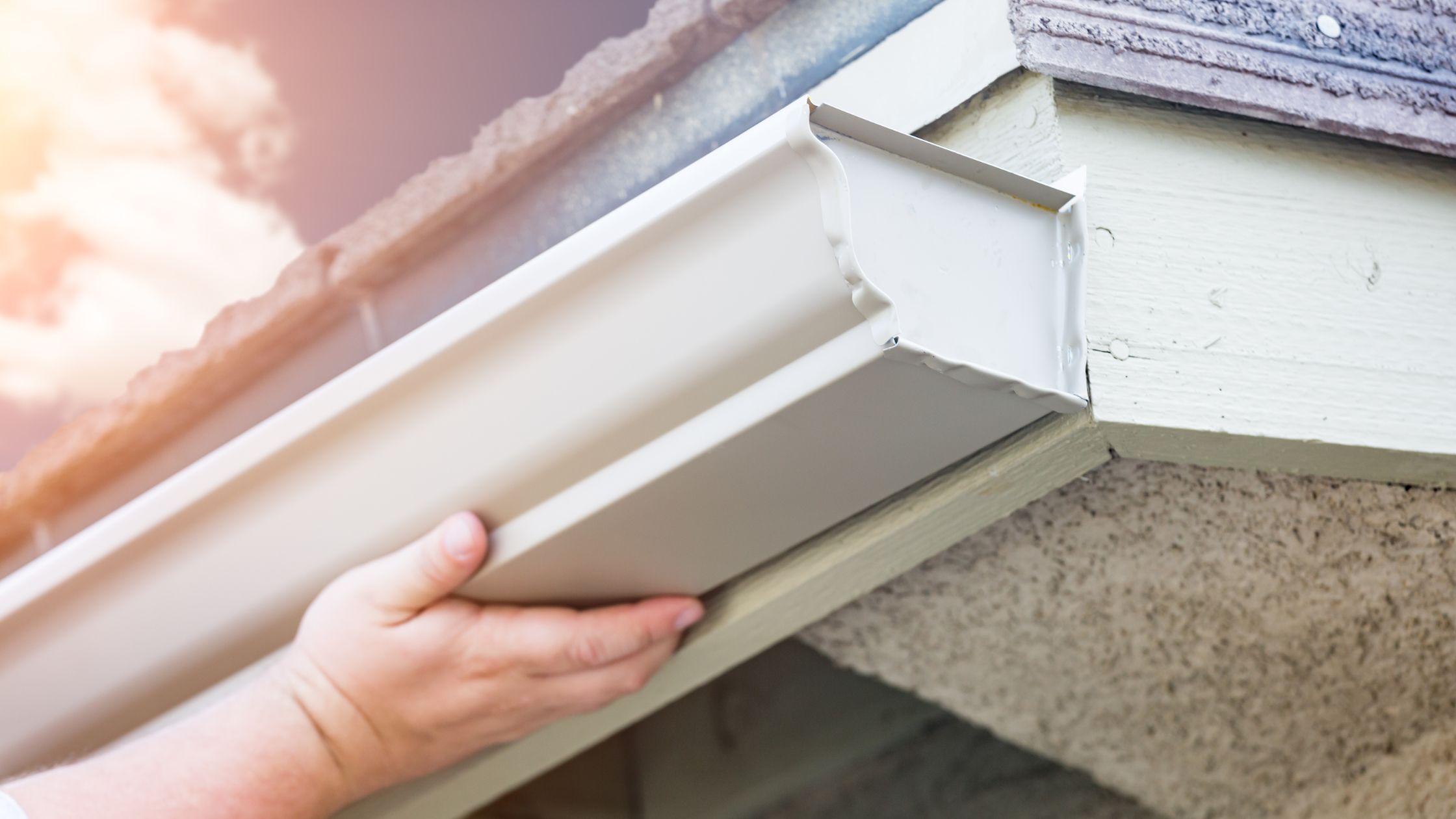Signs of Fascia Damage: When to Call in the Repair Experts

Your home is more than just a structure; it’s a sanctuary, a place of comfort and safety. While we often focus on the interior aspects of our homes, it’s essential not to neglect the exterior, including the often-overlooked fascia. The fascia plays a crucial role in protecting your home from various elements, but like any other component, it can suffer damage over time. In this blog post, we’ll explore the signs of fascia damage and discuss when it’s time to call in the repair experts to ensure the longevity and structural integrity of your home.
Understanding the Fascia
Before delving into the signs of damage, let’s understand what the fascia is and why it is so important. The fascia is a horizontal band running along the lower edge of the roof, typically made of wood, vinyl, or aluminum. Its primary function is to support the lower edge of the roof and provide a protective barrier between the outdoors and your home’s interior.
The fascia also plays a crucial role in maintaining the aesthetic appeal of your home, as it covers the ends of the rafters and creates a smooth, finished look. Additionally, it serves as a point of attachment for gutters, further contributing to the overall protection of your home by directing rainwater away from the foundation.
Signs of Fascia Damage
- Visible Decay or Rot:
One of the most apparent signs of fascia damage is visible decay or rot. Inspect the fascia regularly for any discoloration, peeling paint, or soft spots. These are indicators that water may be penetrating the material, leading to deterioration. Rotting fascia not only compromises the structural integrity but also poses a threat to the overall health of your home. - Peeling Paint:
Peeling paint on the fascia is more than just an aesthetic issue. It often signifies water damage or the presence of mold. If left unaddressed, this can lead to further deterioration and compromise the protective function of the fascia. - Sagging or Uneven Appearance:
A sagging or uneven fascia is a clear sign that something is amiss. It could indicate structural issues, such as a compromised roof or damaged fascia boards. Ignoring this sign may lead to more extensive and costly repairs down the line. - Gutter Issues:
Since the fascia supports the gutters, any problems with the gutters may indicate fascia damage. Look out for sagging or detached gutters, as these could be a result of weakened or damaged fascia boards. Properly functioning gutters are crucial for preventing water damage to your home’s foundation, making it essential to address any issues promptly. - Insect Infestation:
Insects, such as termites and carpenter ants, are attracted to moist or decaying wood. If you notice signs of insect infestation, such as small holes, sawdust-like material, or audible tapping sounds, your fascia may be at risk. Insects can cause significant structural damage, so it’s crucial to address the issue promptly. - Mold or Mildew Growth:
Mold or mildew growth on the fascia is a clear indication of excessive moisture. This can occur due to water leaks, inadequate ventilation, or damaged gutters. Mold not only compromises the structural integrity of the fascia but also poses health risks to the occupants of the home. - Water Stains on Exterior Walls:
Water stains on the exterior walls of your home may suggest that the fascia is not effectively directing rainwater away from the structure. If left unattended, water infiltration can lead to more severe issues, such as mold growth and compromised structural stability.
When to Call in the Repair Experts
- Prompt Action After Storms:
If your area experiences severe weather conditions, such as heavy rain, strong winds, or hailstorms, it’s advisable to inspect the fascia for any visible damage immediately after the storm subsides. Quick action can prevent minor issues from escalating into major problems. - Regular Inspections:
Regular inspections, ideally at least twice a year, are crucial for identifying and addressing fascia damage early on. A proactive approach to maintenance can save you time and money in the long run. - DIY Repairs vs. Professional Intervention:
While minor issues like peeling paint may be addressed through DIY efforts, more significant problems require professional expertise. If you notice signs of decay, rot, or structural damage, it’s best to consult with a qualified contractor experienced in fascia repairs. They can assess the extent of the damage and provide appropriate solutions to restore the fascia’s functionality. - Gutter Maintenance:
Since the fascia and gutters are closely linked, regular gutter maintenance is essential. Clean gutters and ensure they are securely attached to the fascia. If you notice any issues, such as sagging or detachment, it’s time to bring in the professionals for a comprehensive inspection and repair. - Insect Infestation:
If you suspect or confirm an insect infestation, especially by wood-damaging pests like termites, seek professional assistance promptly. Pest control experts can assess the extent of the damage, eliminate the infestation, and recommend necessary repairs to prevent future occurrences.
Conclusion
The fascia may be a subtle component of your home’s exterior, but its role in protecting the structure is invaluable. Regular inspections and prompt action in response to signs of damage are crucial to maintaining the overall health and longevity of your home. By being vigilant and calling in the repair experts when needed, you can ensure that your fascia continues to fulfill its protective function, keeping your home safe and secure for years to come.

In Awe Roofing Limited is an Award-Winning, family owned and operated Vancouver Roofing Contractor with over 17 years of roofing experience. We serve the entire Lower Mainland area, from Whistler to Chilliwack, employing a team of professional staff members. Our team has won numerous awards including Best of Homestars for the last five years, and Three Best Rated six years in a row. Learn more






















